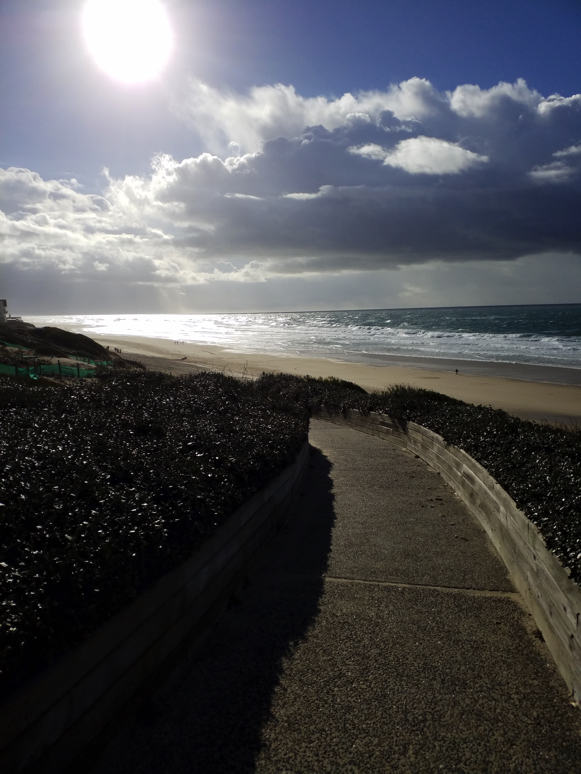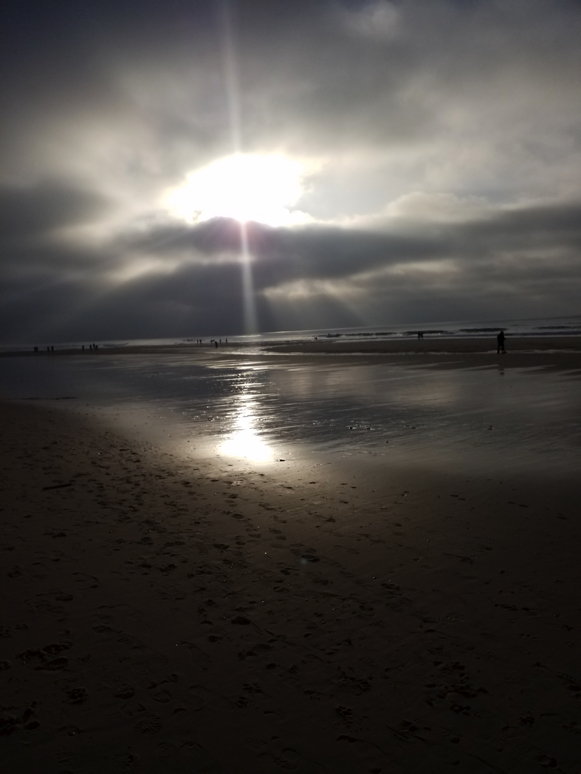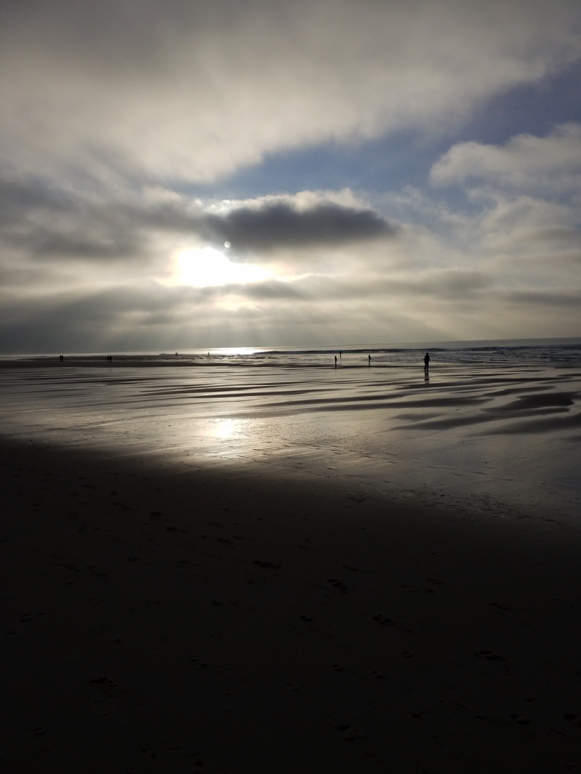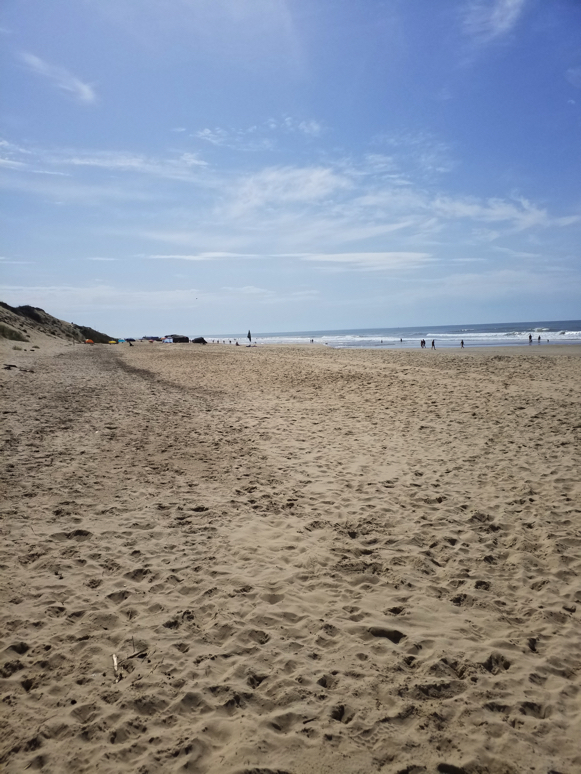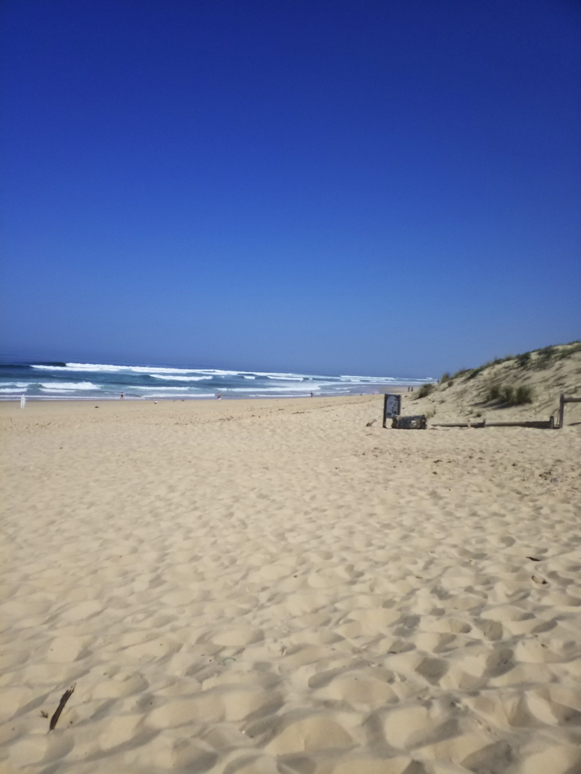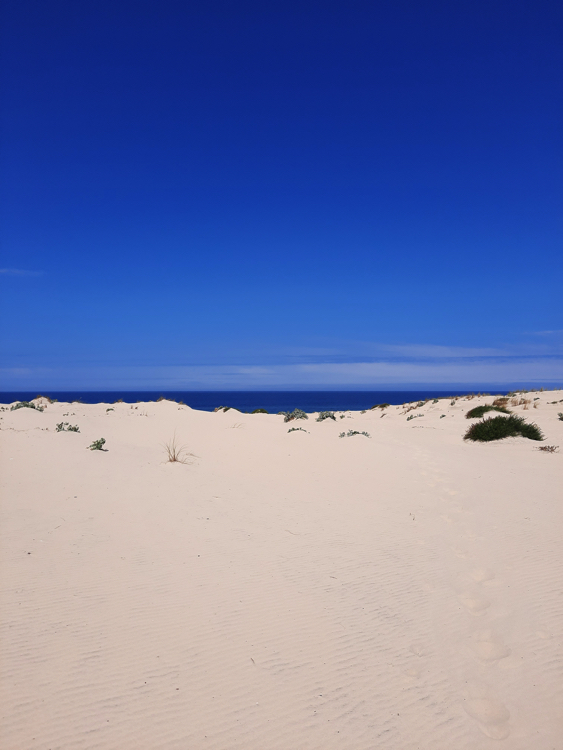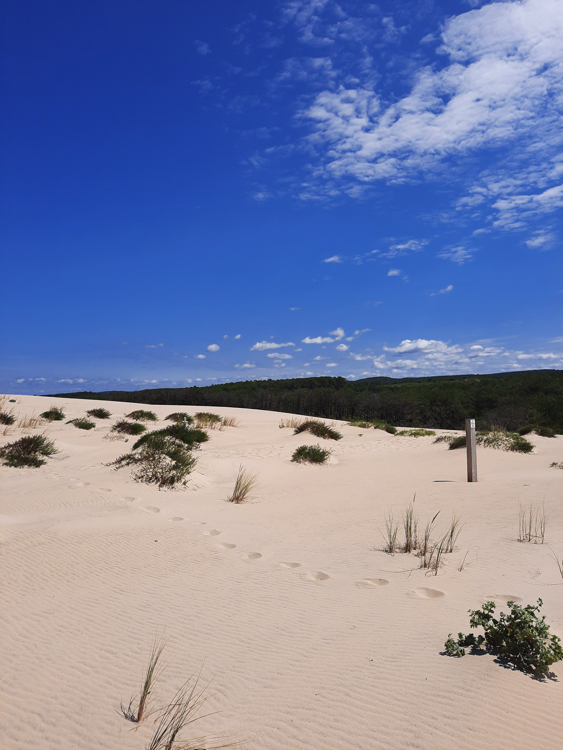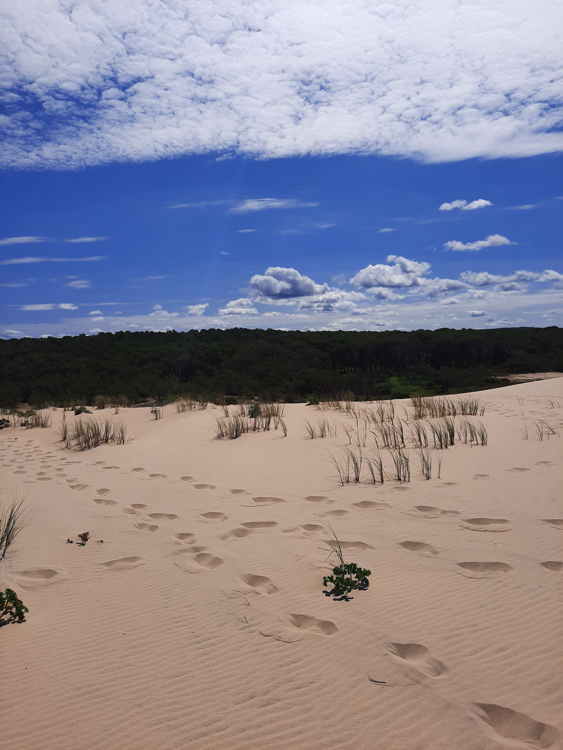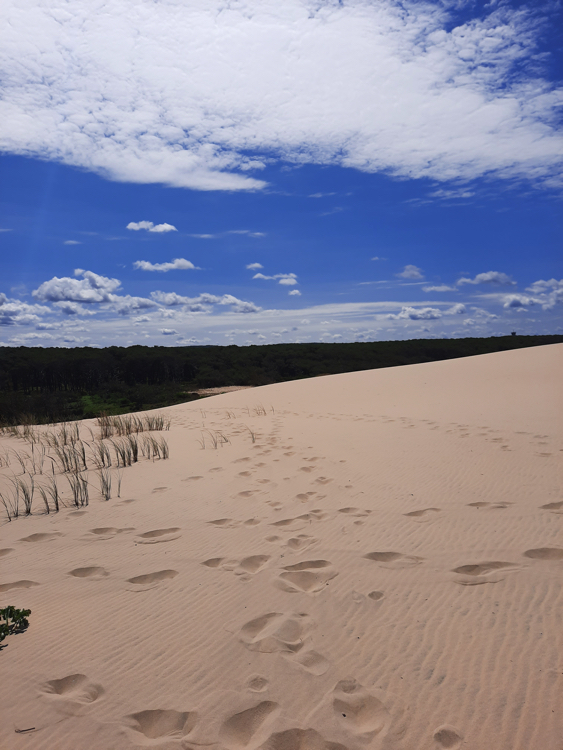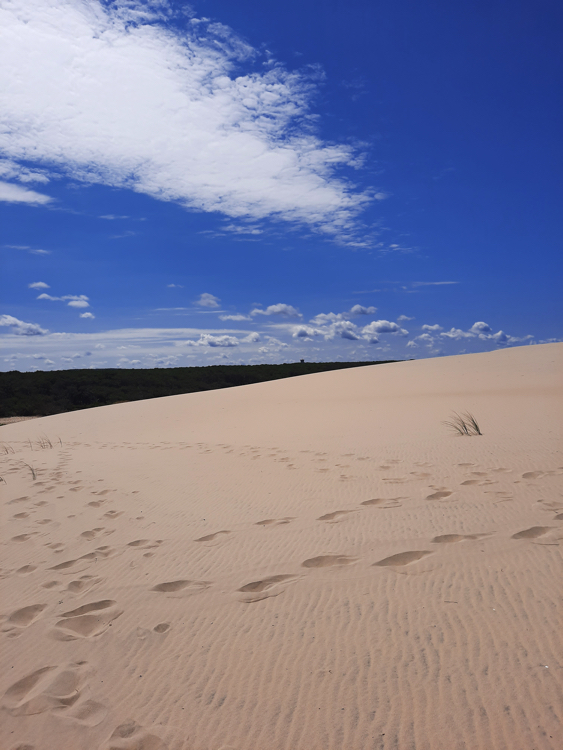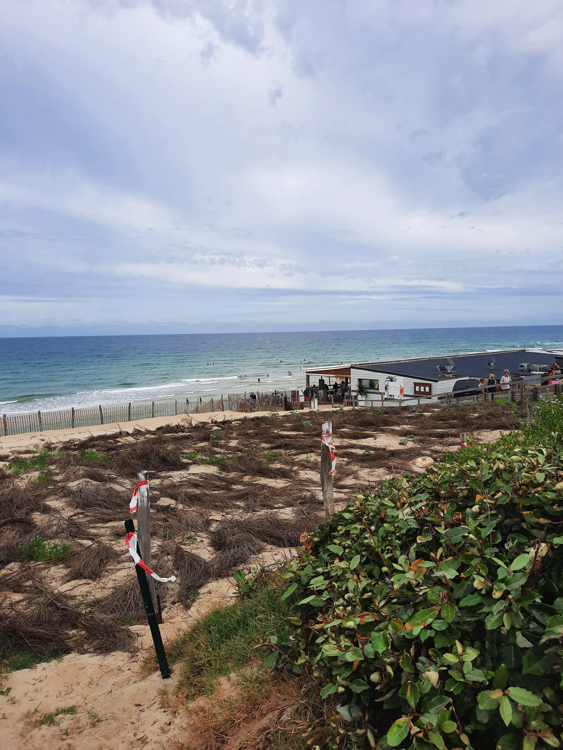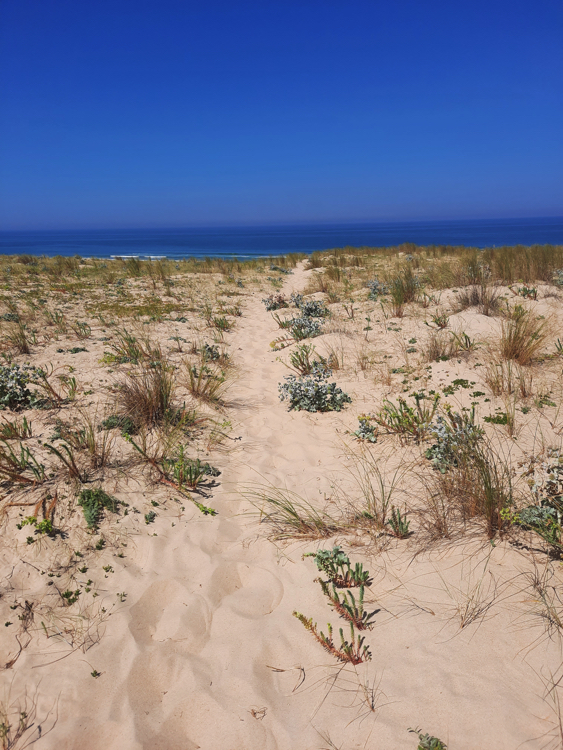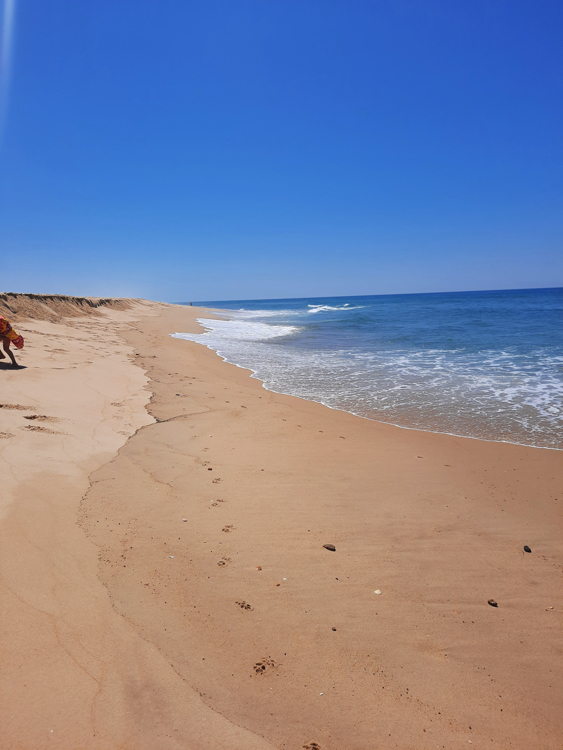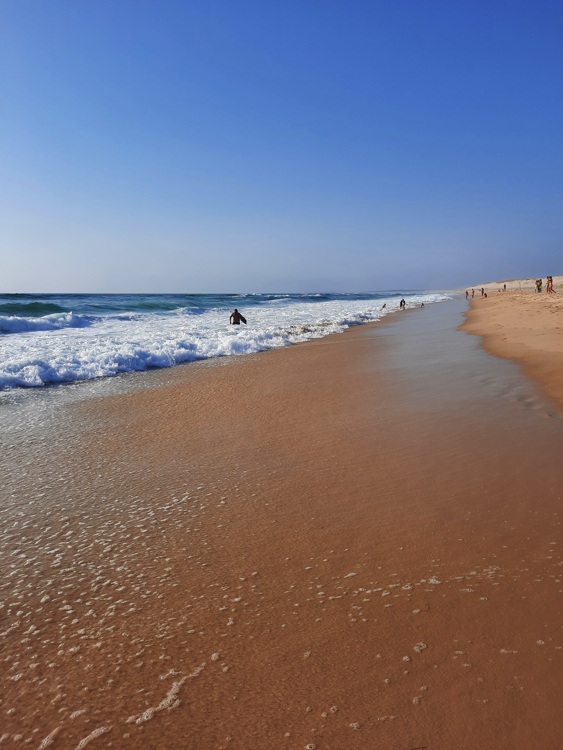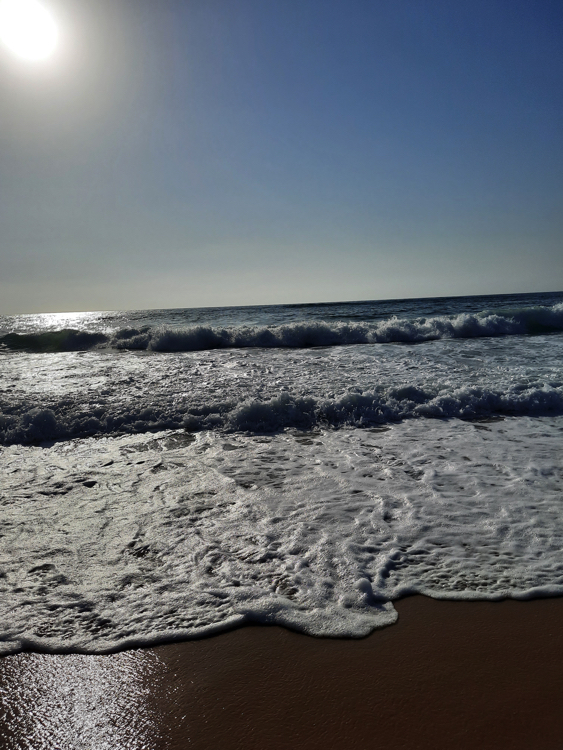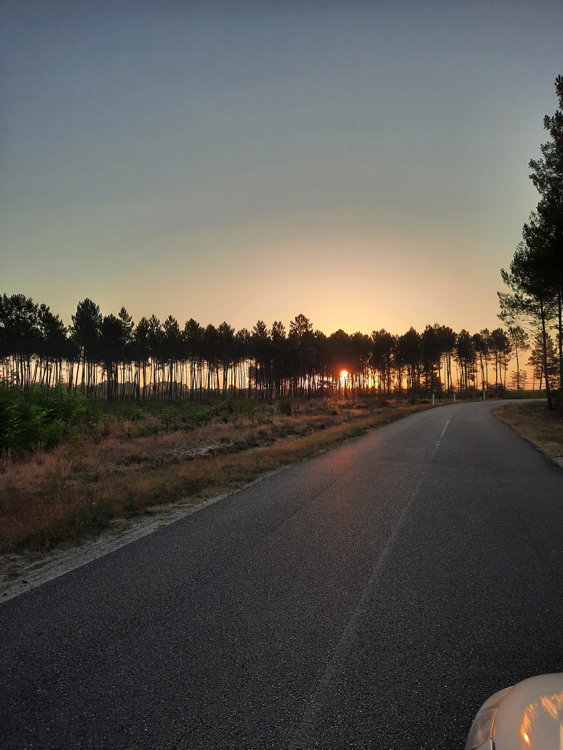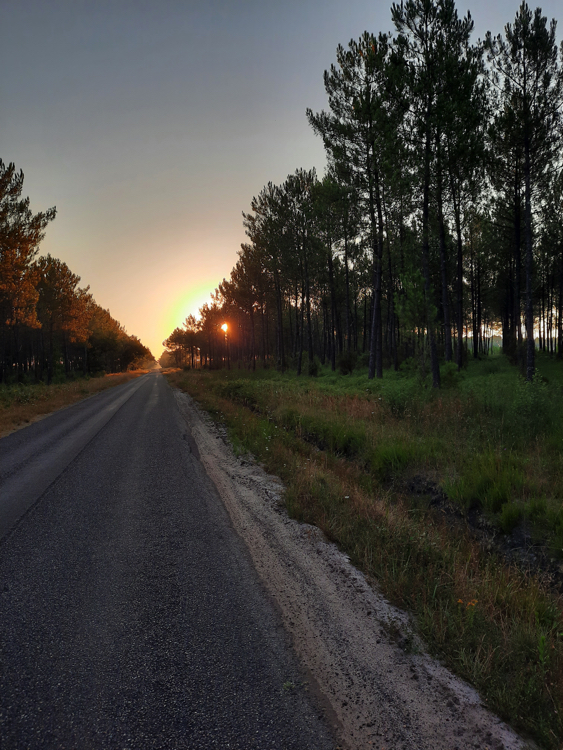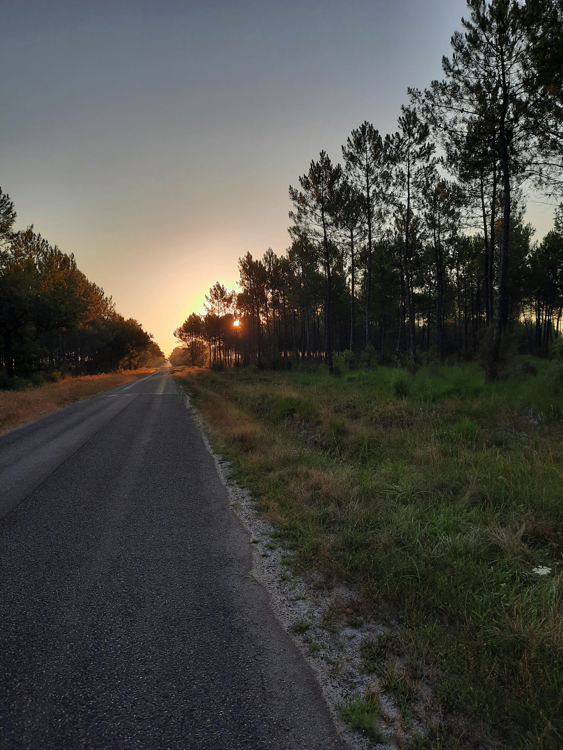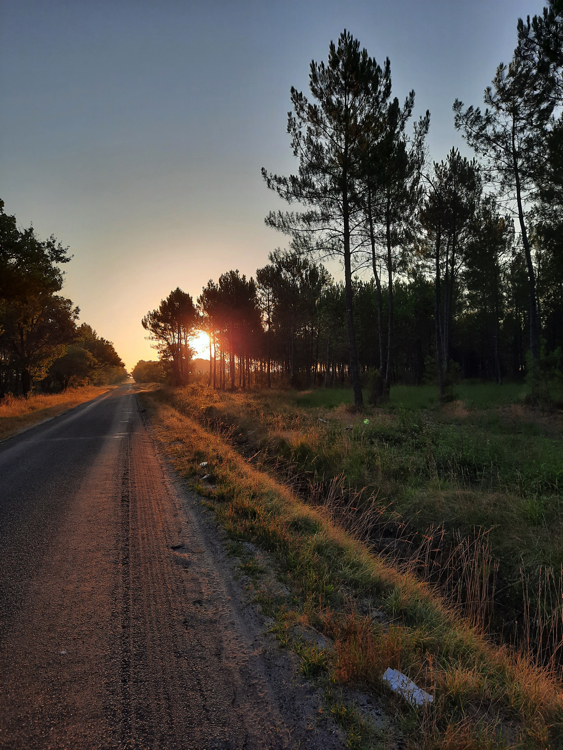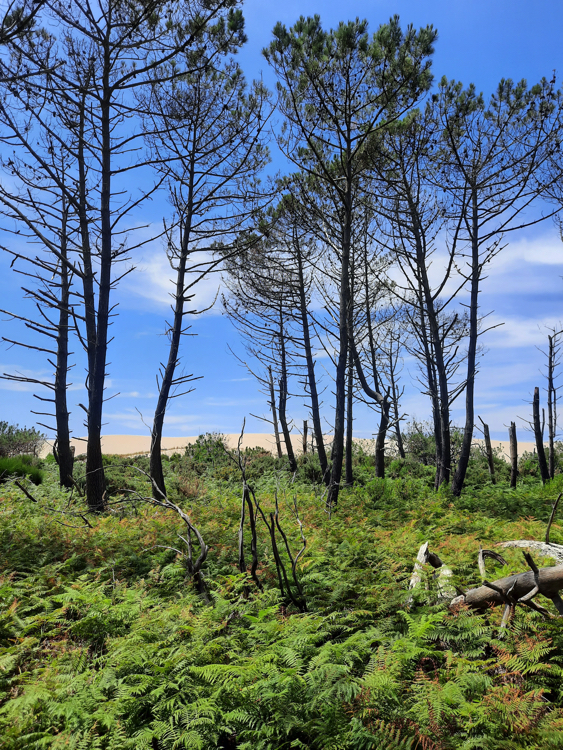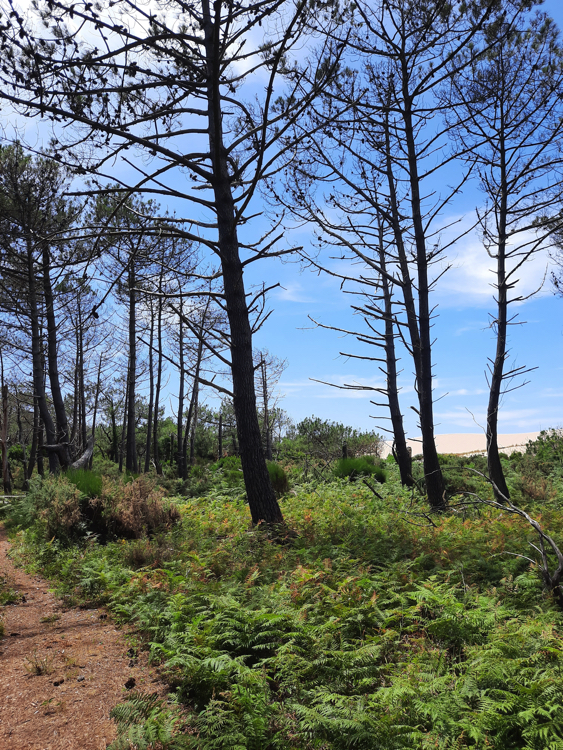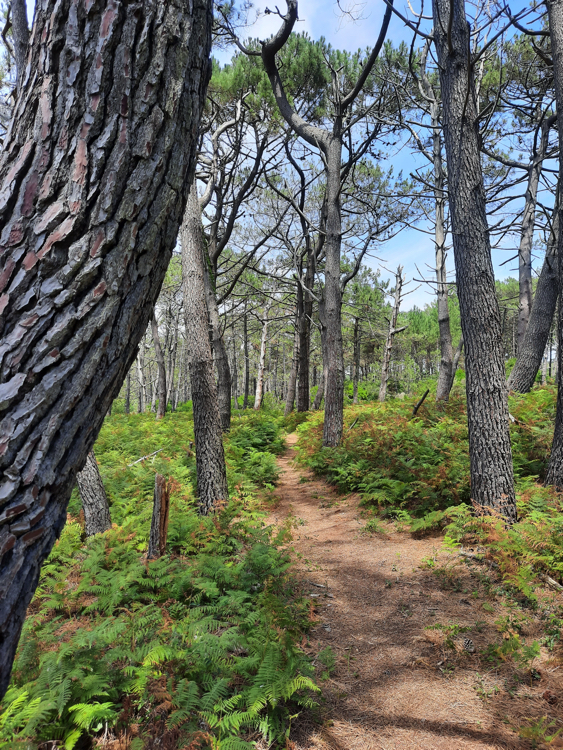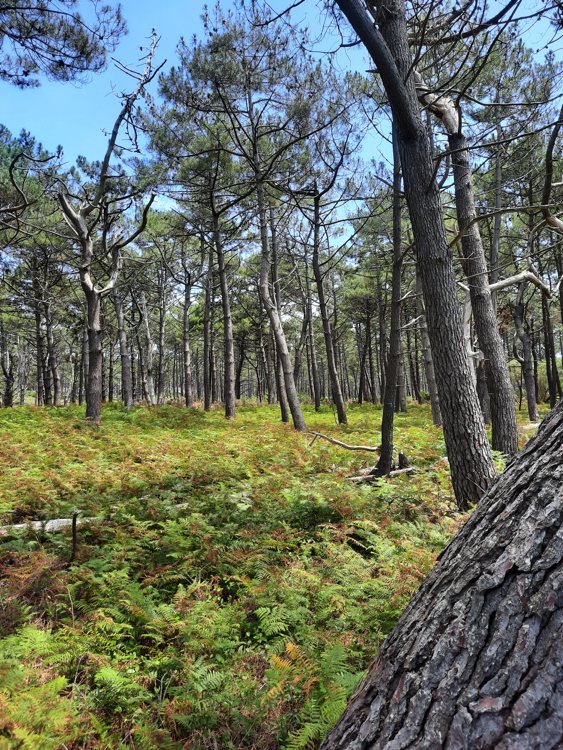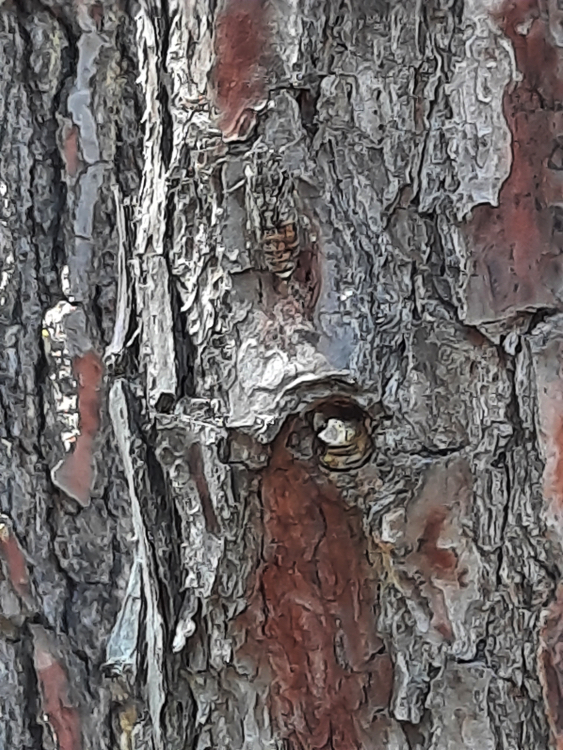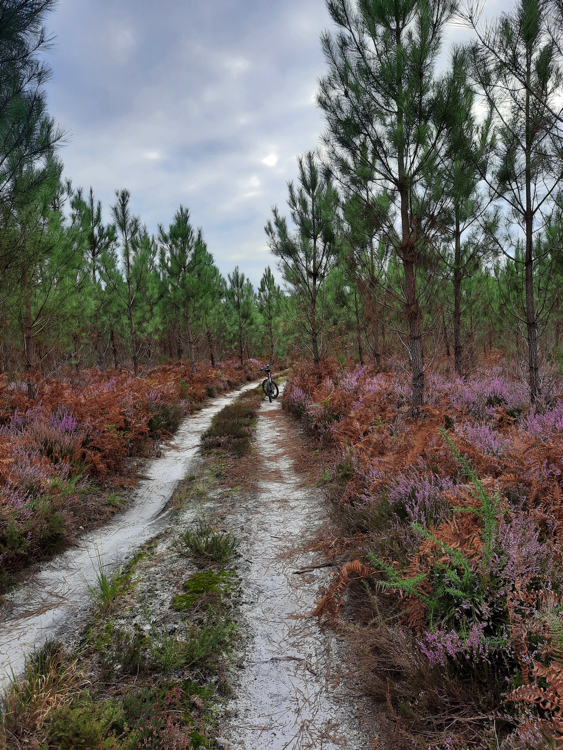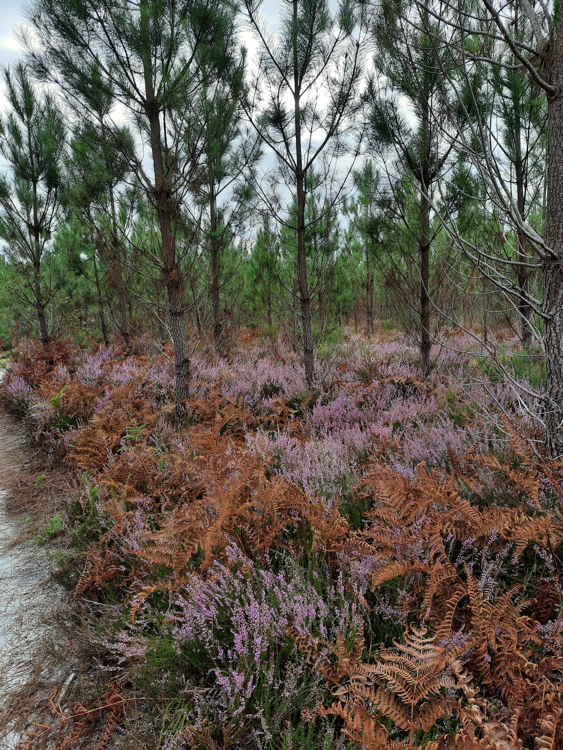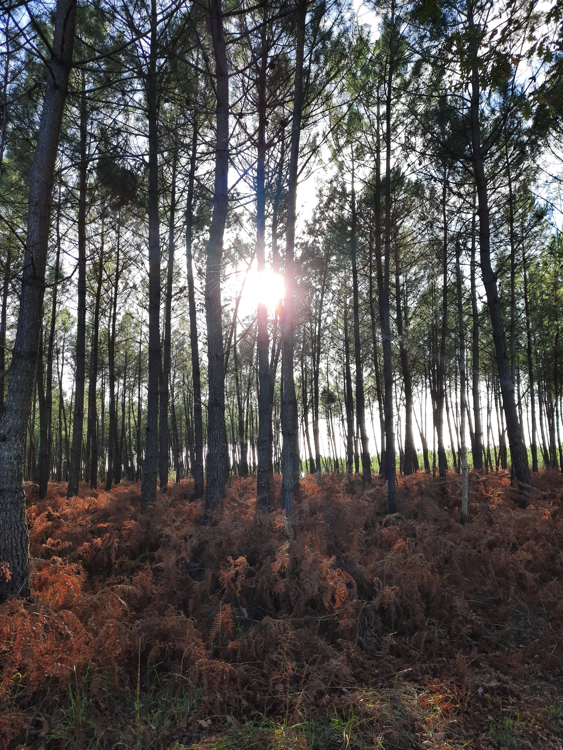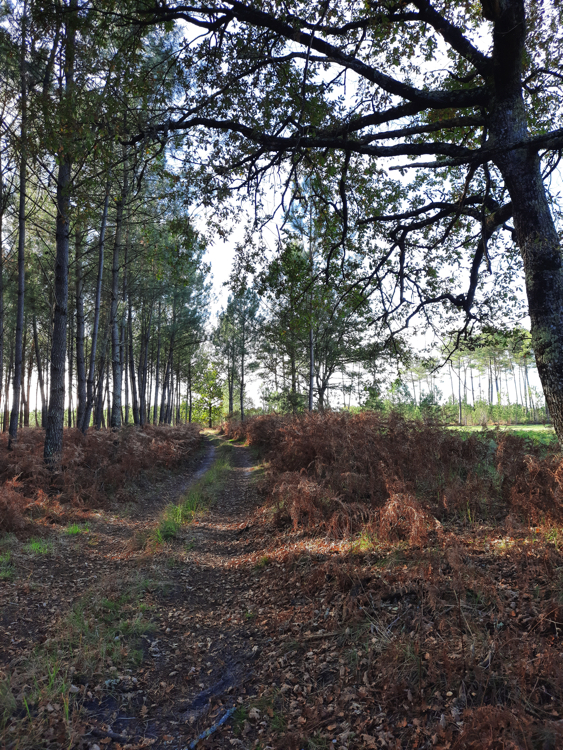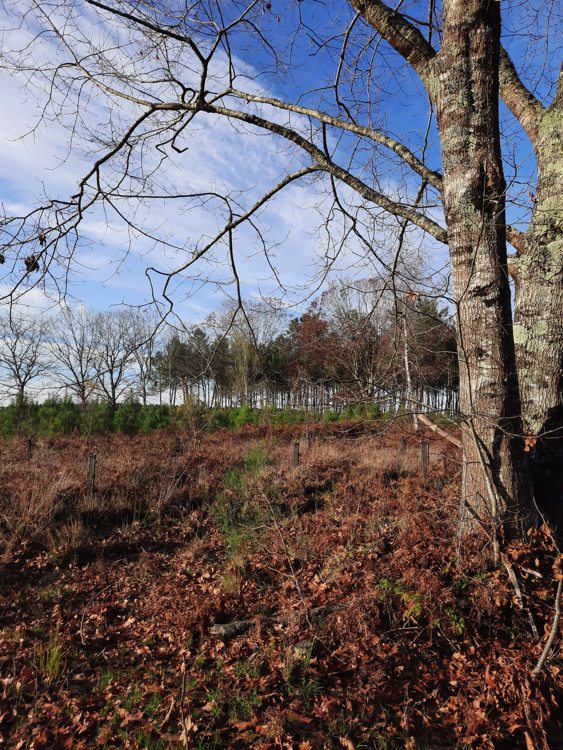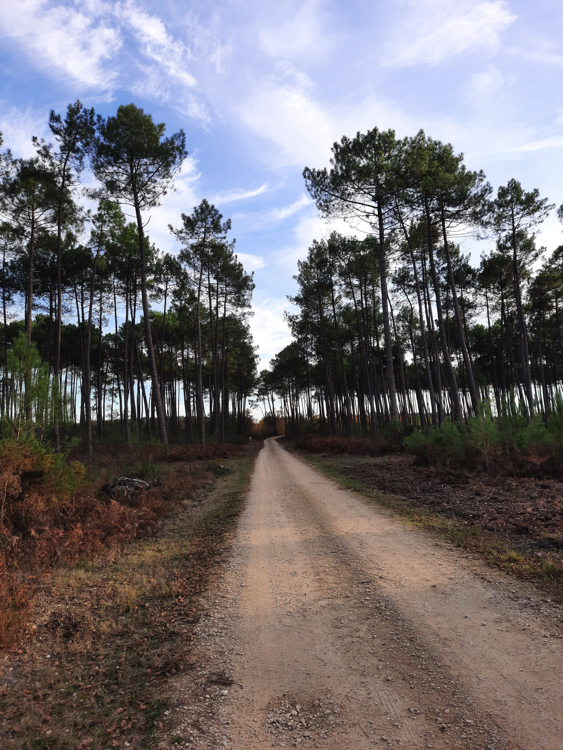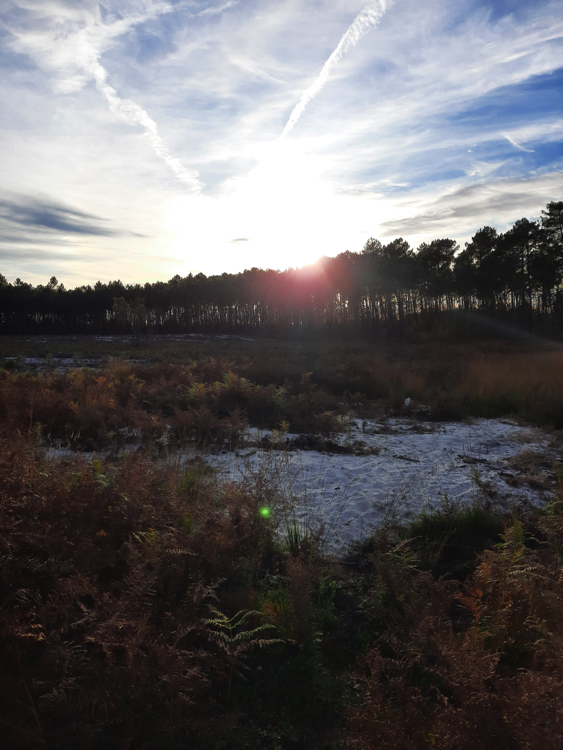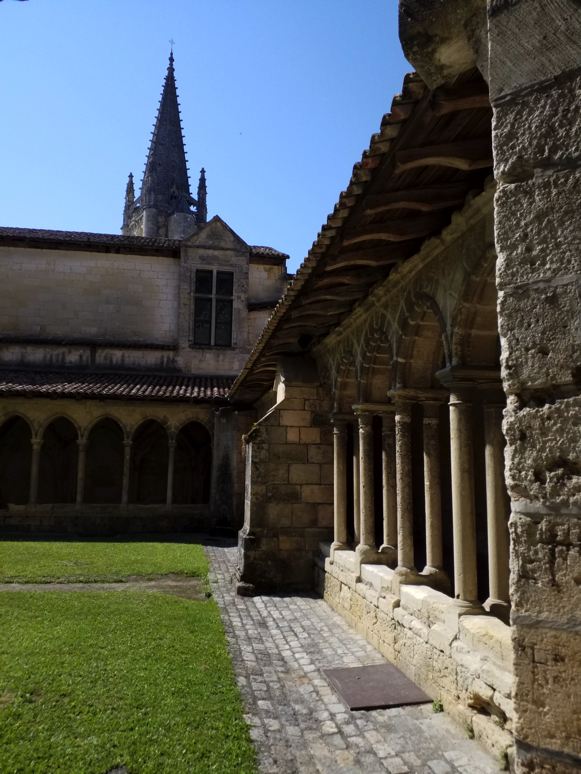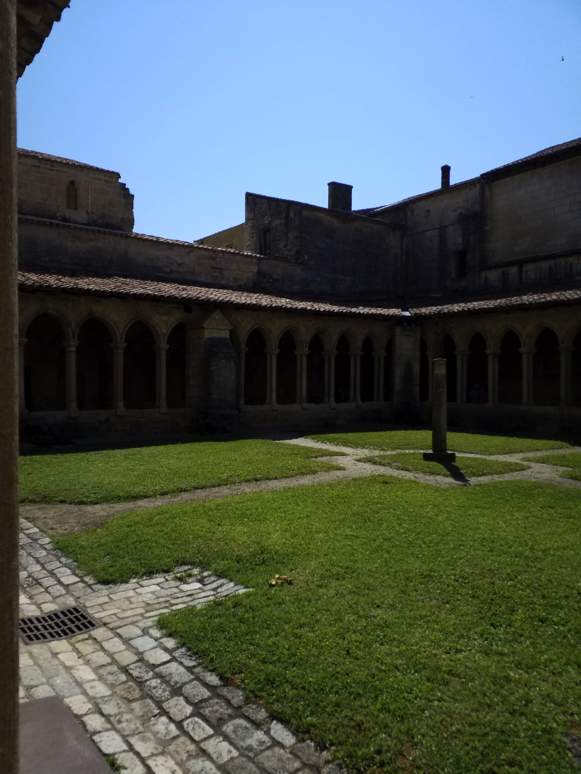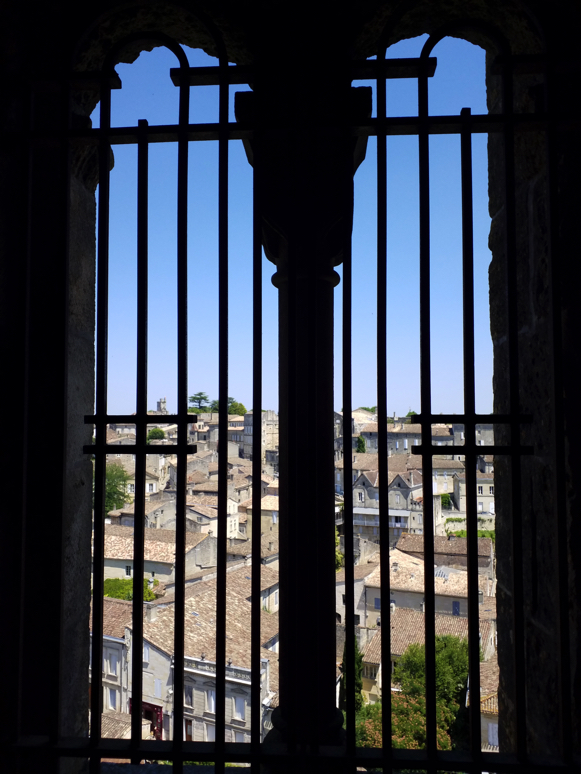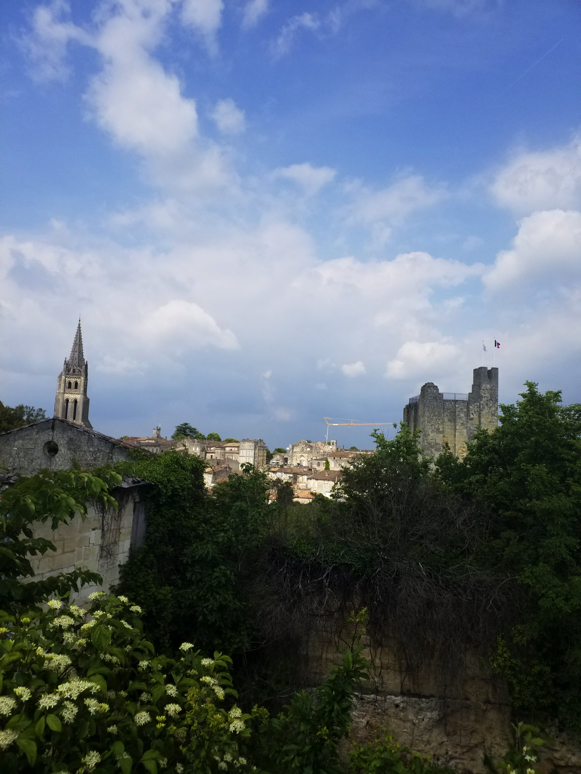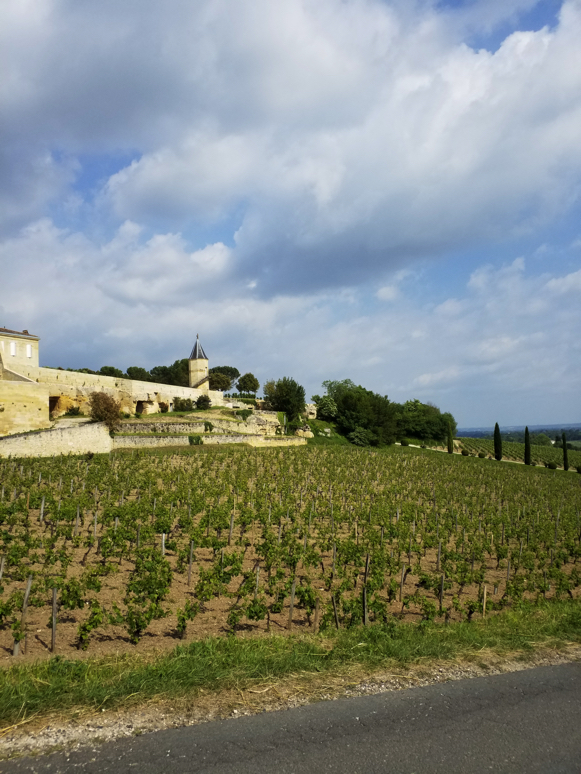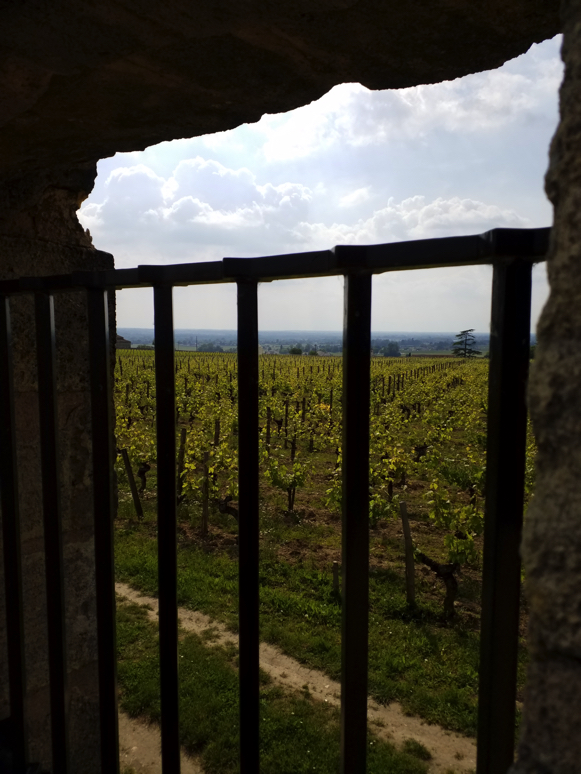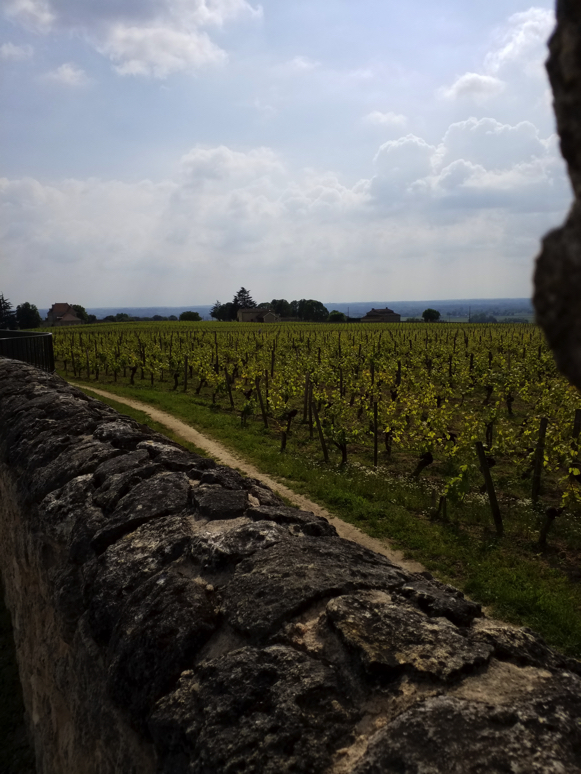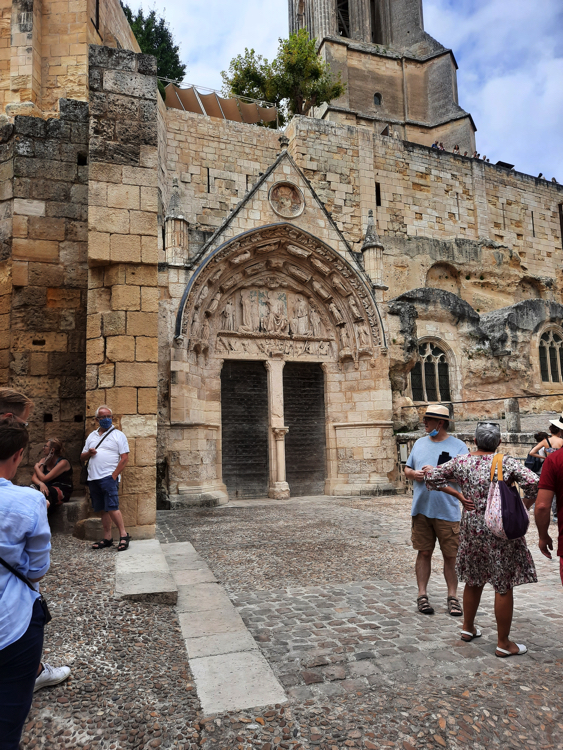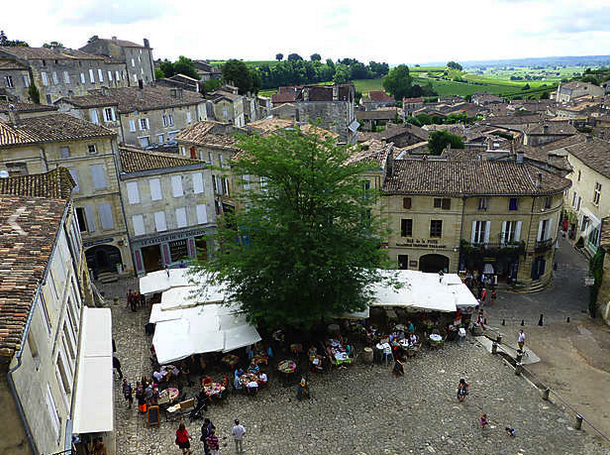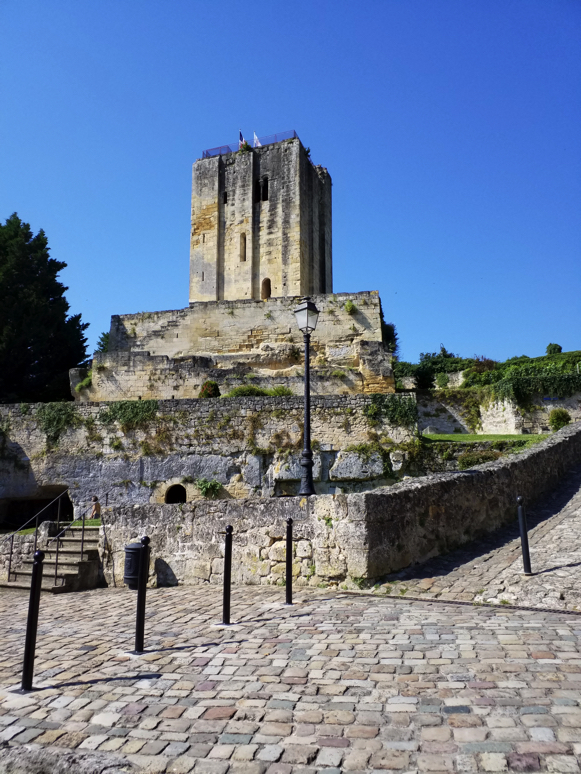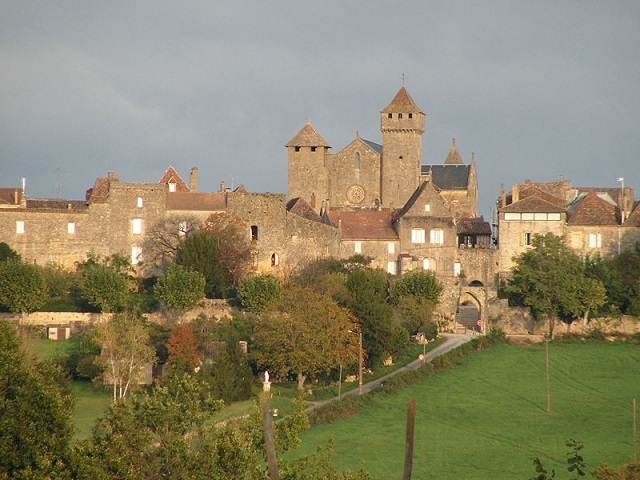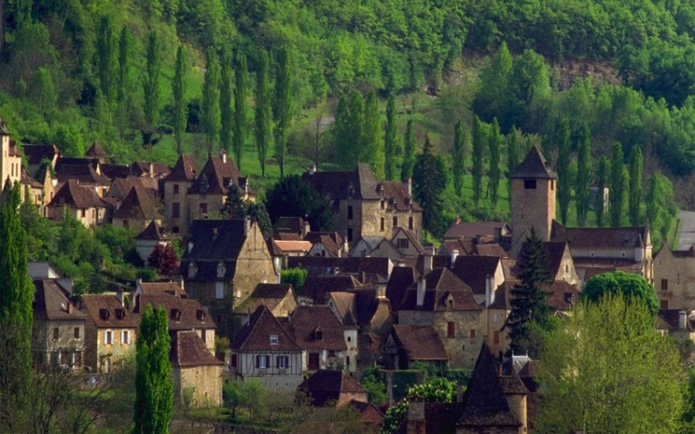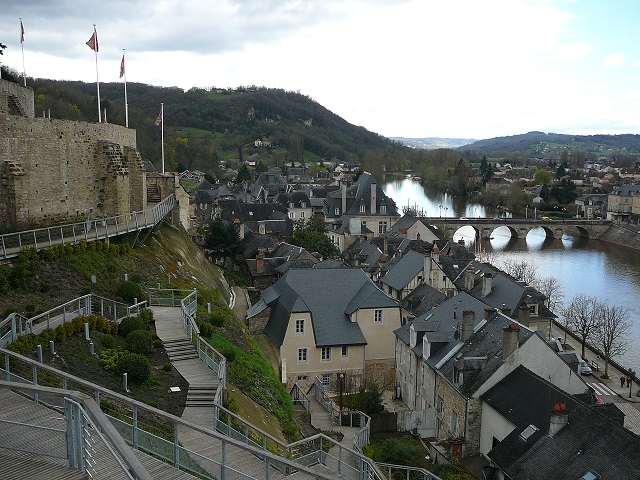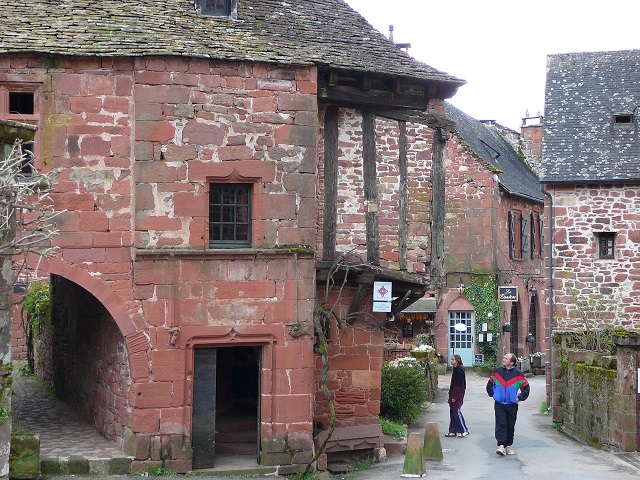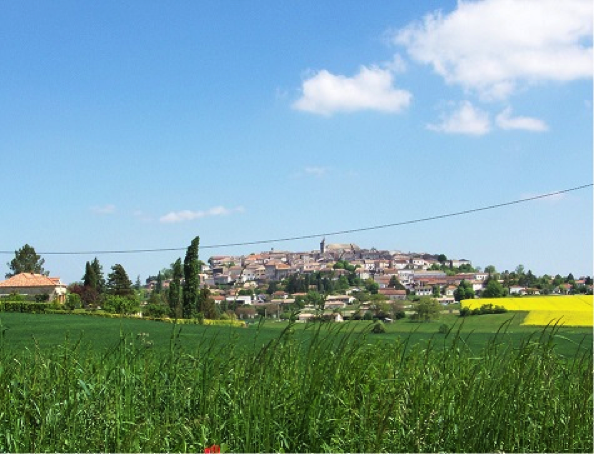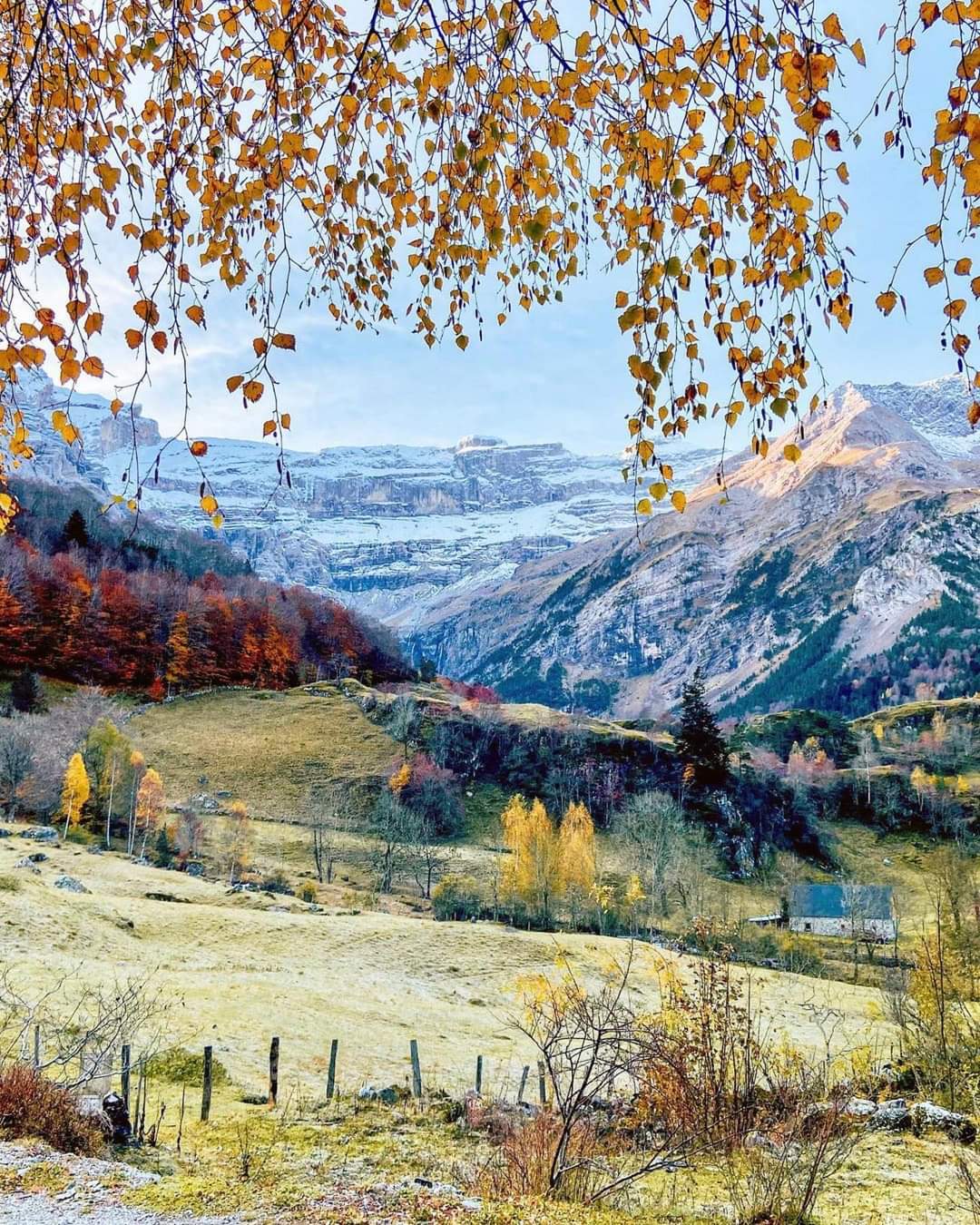Welcome
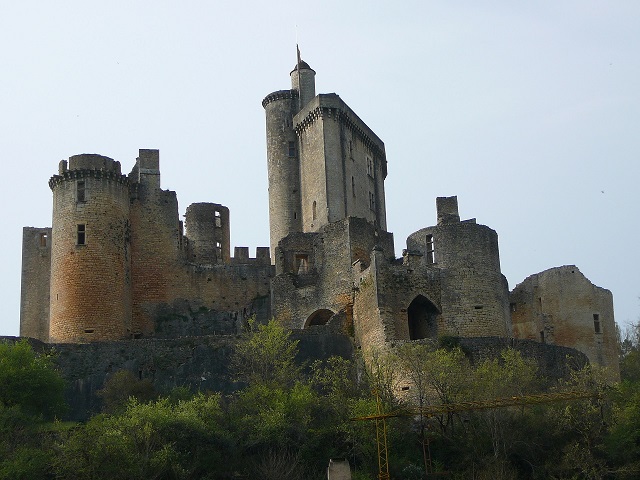 |
This site takes you through beautiful places, the South-West region of New Aquitaine ... You have the choice, take your time and browse ... You have an image in your head, a place that illuminates you and that transports you to a dream, that of spending your next discoveries there! Click, savor, enjoy and dream of your future discoveries ... Believe me, we have a superb region, our beautiful France has excellent wealth of beauties in store for us in nature and in our heritage. It's up to us to preserve them, let's protect them! Visit, and enjoy ! HERE you have a superb castle in the Périgord, it is ... <<<<<<< |
CHÂTEAU BONAGUIL.
A unique historical monument!
The Château de Bonaguil is located in France, in the commune of Saint-Front-sur-Lémance in Lot-et-Garonne at the crossroads of Périgord and Quercy, but it is the property of the commune of Fumel. The castle was listed as a historic monument on April 18, 1914, the chapel on April 12, 1963.
The Château de Bonaguil is one of the last strongholds to be built. It is built on a limestone spur which dominates by about thirty meters the confluence of two narrow valleys, on a tributary of the Thèze, called by three names: the stream of Caupenne, the (Thèze small) 'Petite Thèze' and the stream of Bonaguil. It has the particularity of not being in a strategic position: the castle does not defend a city, nor the passage of a river, nor an important valley or a trade route. Its construction began in the 13th century, then it was entirely taken over at the end of the 15th century and the beginning of the 16th century by Baron Bérenger de Roquefeuil who added all the defensive improvements of the ending Middle Ages. It integrates from 1480 the last improvements of the defense by means of the artillery both to use this one and to guard against it: imposing barbican covering the access to the castle, gunboats by dozens both in the towers and in the curtain walls, casemated firing chambers ("vaulted") sheltered from enemy bullets and allowing low and grazing fires, casemated "sparrow" prohibiting all traffic at the bottom of the large ditch, artillery terraces stepped at the foot of the main body which constitute as many successive enclosures to be forced, development for defensive purposes of a natural cave located under the rocky outcrop.
When it was completed around 1510, however, it appeared to be obsolete. Indeed, at this time of the beginning of the Renaissance, the great noble families as well as the king and his relatives began to build the first castles of the Loire and, throughout the kingdom, many medieval fortresses of the small and medium aristocracy, even if they retain some defensive devices, are gradually transformed into leisure residences by cutting down part of the towers and curtain walls in order to open them up to the light and the countryside. Apart from the loss of its frames during the French Revolution, the Château de Bonaguil is today in a good state of conservation. It never had to undergo an attack and was inhabited until the Revolution.










